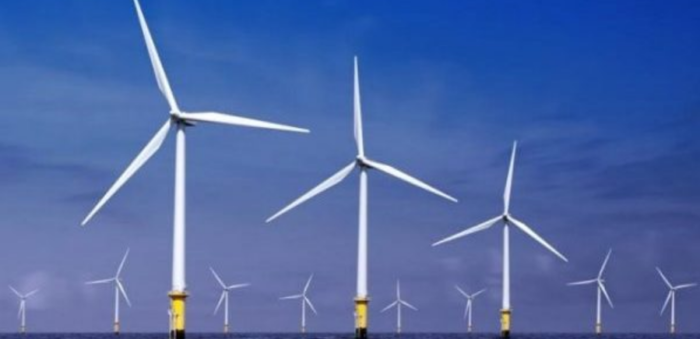Following months of assessing the possibility of offshore wind hubs in the North Sea, the international consortium partners of the North Sea Wind Power Hub (NSWPH) confirmed technical and economical feasibility of smaller ‘energy islands’ in the North Sea, but within a reformed regulatory landscape. The study also proved that large scale offshore wind will play a major part in meeting Paris Agreement climate goals on time.
Over the past months, the consortium has been analysing the possibility and conditions required to build one or several wind power hubs in the North Sea.
The consortium has conducted a wide range of studies, investigated a number of different scenarios and conducted intense engagements with policy makers, leading offshore wind farm developers and NGOs.
The consortium’s vision is based on an internationally coordinated roll out of Hub-and-Spoke projects, combining wind power connection, coupling of energy markets through interconnection and smart integration in the onshore energy grid, including power to gas.
This approach has major advantages both economically and in terms of environmental policy.
Key findings
- The proposed Hub-and-Spoke concept is technically feasible
- A gradual roll-out of 10 to 15 GW hubs is the next logical step towards a large offshore wind build-out
- A first Hub-and-Spoke project will likely be electrically connected to shore and with additional power-to-gas to provide energy system flexibility and could be operational in the 2030s
- Significant changes are required in national practices, approaches, planning and policies in order to allow for integrated infrastructure projects, such as the modular hub concept being part of the long term energy transition
- According to all international studies and scenarios the large scale roll-out rate of offshore wind is crucial to meet “Paris targets”. Acceleration is needed
- As the North Sea is hosting a large potential for offshore wind power, the implementation of 180 GW offshore wind can be achieved by 2045 by the consortium’s approach
- An international coordinated approach could connect and integrate large scale offshore wind more effectively and with significant lower costs compared to a continued individual national planning
- Long-term market security is needed for all stakeholders to invest and build-up the required supply chains
- Urgent agreements on developing sustainable energy from offshore wind after 2030 are needed
- Consortium has started and facilitates discussion with governments, NGOs, policy makers and industry: close cooperation and support is needed by setting up consultation processes and international agreements
- Balanced decision-making is required by policy makers and spatial planners to weigh the environmental impact of offshore wind farm developments against its techno-economic impact, and the urgency to meet the long-term climate goals
- Using power-to-gas conversion and transmission in combination with coupling with other sectors will bring benefits to the overall energy system.
The North Sea Wind Power Hub (NSWPH) consortium, consisting of TenneT, Energinet, Gasunie and Port of Rotterdam, supports the goals of the Paris Agreement and the associated greenhouse gas reduction commitments by the EU and the countries around the North Sea.
The consortium is evaluating and developing technical concepts and solutions for supplying the large capacities required to generate energy from renewable sources while simultaneously realising the same at the lowest possible environmental impact and cost.


































































